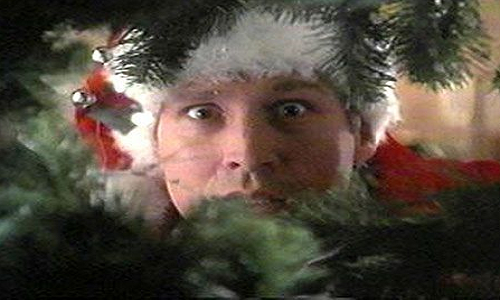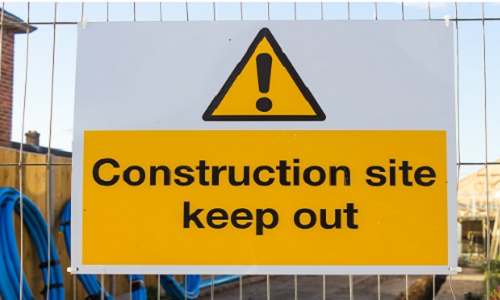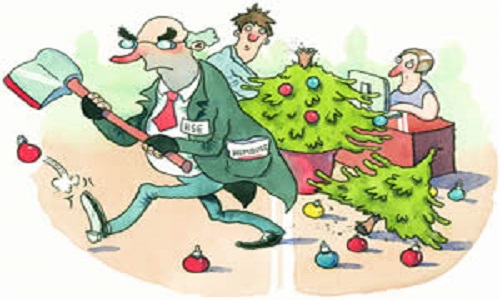Do you make New Year Resolutions only for these to be forgotten a few days later? Health and Safety can be very similar.
Do you make New Year Resolutions only for these to be forgotten a few days later? How many of us have tried to give up smoking, lose weight or become fit by joining a gym? Everything goes well for a few days until we get bored, tempted or depressed and give up. After which we revert to our old ways.
Health and Safety can be very similar – we start with good intentions only to find that it can be easier and more convenient to do it our way without considering the risks that we are exposed to – this applies to all sectors and work activities where we consider health and safety to be red tape and a barrier to success.
Too many employees suffer ill health and injury at work; problems from use of display screen equipment via repetitive work and poor posture, noise and vibration from work with hand tools, exposure to dust fibres such as silica and asbestos. In many of these cases, problems arise from a failure by persons to accept responsibility for their health until it is too late – 85% of all injuries and ill health are caused by human error which could be avoided.
Don’t let your health and safety intentions stay just that. We can help you make your intentions become a reality. Contact us for an informal chat.








